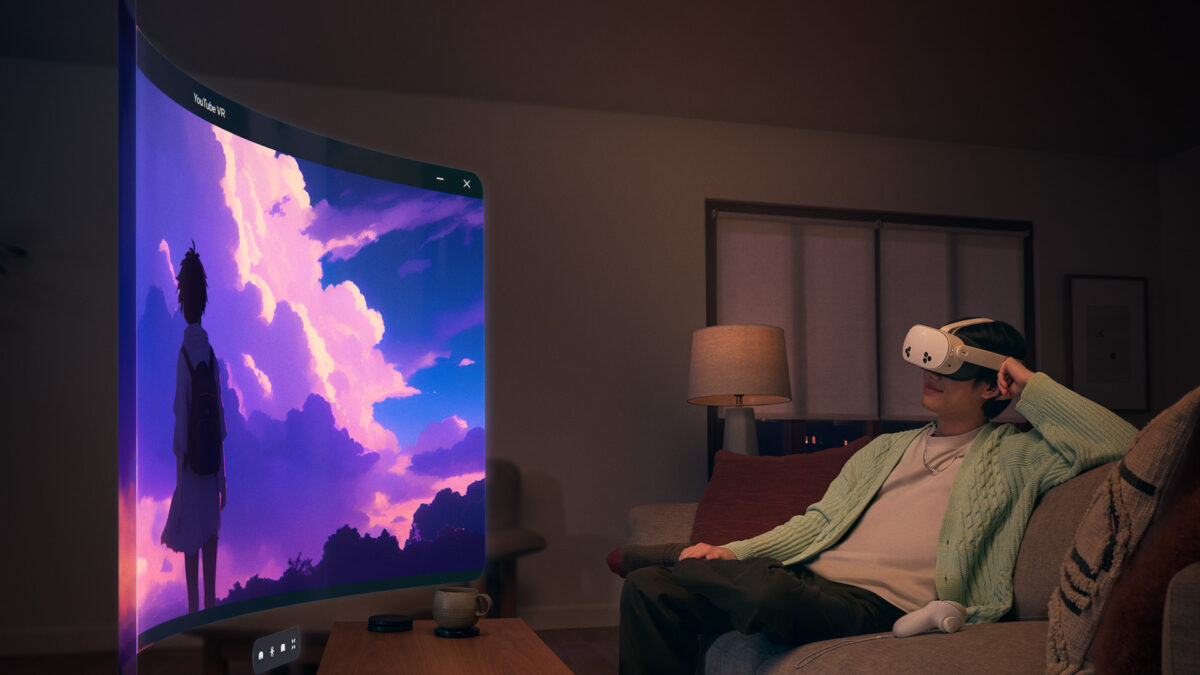Will VR headsets one day replace physical screens?

MIXED reader Rutra wanted to know if VR headsets will one day make monitors obsolete. Here are my thoughts.
Every week, we answer a question from our readers. Send your question to tomislav@mixed.de with "Question" in the subject line, and with any luck, we'll answer it the following week.
This week's question comes from our reader Rutra:
Will there be a need for monitors when we have virtual reality headsets that work just as well, if not better?
Hello Rutra,
I would like to start answering this question with a quote:
"I think were going to get to a point where things like TV you’ll no longer need a physical TV, you'll get $1 app that you can watch a screen on and it will just interesting exercise to see how many of the things that we have that are physical things don't actually need to be physical in that world."
This quote is from Mark Zuckerberg. He said it on an earnings call with shareholders on May 3, 2017.
As you can see, the vision that VR headsets and AR glasses will make physical screens obsolete is anything but new. Almost eight years have passed since that pitch was made to shareholders, and such devices are still a niche market, even though the technology has come a long way since then. The best example of this is the Apple Vision Pro, which is already being used as a viable monitor replacement by a small group of early adopters thanks to its high-resolution displays.
For virtual screens to become more widely accepted, the technology will have to overcome many more technical hurdles than just the display resolution. VR headsets and AR glasses need to be able to communicate with each other, regardless of manufacturer, so that we can see the same virtual screens in the same place in the room. And the technology itself needs to be miniaturized to the point where it fades into the background and looks good when worn. The biggest problem with VR headsets and AR glasses will always be that they are headsets and glasses. You have to wear them on your face. This sounds obvious, but it is something that the enthusiasts tend to ignore.
MIXED founder Matthias Bastian posed an interesting thought experiment in this context: What if VR headsets and AR glasses had been invented first and had been around for decades, and we were currently experiencing the advent of physical screens? We would probably celebrate it as a technological revolution. After all, you don't have to wear anything on your face, and you can share the same content without any fuss.
Physical screens have their purpose and use cases, as do VR headsets and AR glasses, and I don't think one category will completely replace the other anytime soon. The latter class of devices has the advantage that you can carry one or more large screens in your pocket and place them anywhere in the room, and that the content is private, which can be very useful. Whether these advantages can outweigh wearing a heavy headset or ugly glasses in public is another question.
I expect that as technology advances, we will increasingly look at virtual screens rather than physical ones. But I think this evolution will take a long time, as Zuckerberg's 2017 quote shows.
Kind regards,
Tomislav
Do you often use virtual screens for traditional media consumption? Join the conversation on Facebook, Bluesky or X or share your opinion in the comments below.
For feedback, topic suggestions, or other ideas, please email us at hello@mixed-news.com.
Note: Links to online stores in articles can be so-called affiliate links. If you buy through this link, MIXED receives a commission from the provider. For you the price does not change.